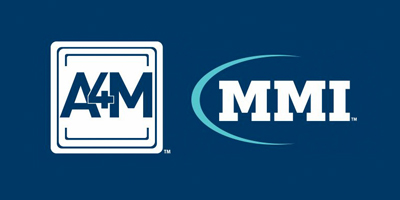Roughly one-quarter of adolescents and teens has had a concussion at some point in their life, a rate that has increased in each of the last four years, according to new research.
Up to one in four adolescents and teens in the United States has suffered a concussion at some point during their life, an analysis published Tuesday by JAMA found. Nearly 7% have experienced two such brain injuries, the data showed. The numbers, which represent reported concussions among 8th-, 10th- and 12th-graders in 2020, mark an increase over 2016, when just under 20% indicated they had suffered at least one, the researchers said.
“Concussions appear to be a common injury among adolescents,” study co-author Philip Veliz told UPI in an email. “Continued efforts to educate the population on both the risk and management of these injuries should still remain a priority as it relates to adolescent health,” said Veliz, an assistant research professor at the University of Michigan School of Nursing in Ann Arbor.
A concussion is a traumatic brain injury that can occur after a head impact or whiplash-type injury that causes the head and brain to shake quickly and can cause an altered mental state, including unconsciousness, according to the Centers for Disease Control and Prevention.
For this study, Veliz and his colleagues analyzed data from the Monitoring the Future project, an ongoing survey of adolescent and teen health being led by University of Michigan researchers.
The 2020 results are based on the responses of nearly 3,300 8th-, 10th- and 12th-graders, while numbers for 2016 through 2019 were derived from interviews with more than 11,000 people in this age group each year.
Just under 25% of respondents to the 2020 survey said that they had suffered a concussion at some point in their lives, with 18% indicating one such injury and 7% reporting two or more, the data showed.
All of these figures have increased since 2016, when about 20% of those surveyed indicated a history of concussions, with just under 6% reporting two or more.
In 2020, 27% of boys in 8th-, 10th- or 12th grade had a concussion history, compared with 22% of girls, according to the researchers. Among sports participants, 27% reported a concussion history, while just under 13% of non-sports participating adolescents and teens did so, they said.
“One reason that that could explain why adolescents who participate in sports saw an increase in self-reported concussion could be due to greater awareness of these types of injuries within sporting contexts,” Veliz said.
“This type of information among non-participants may be limited, given that they are not participating in activities that are susceptible to these types of injuries,” he said.















